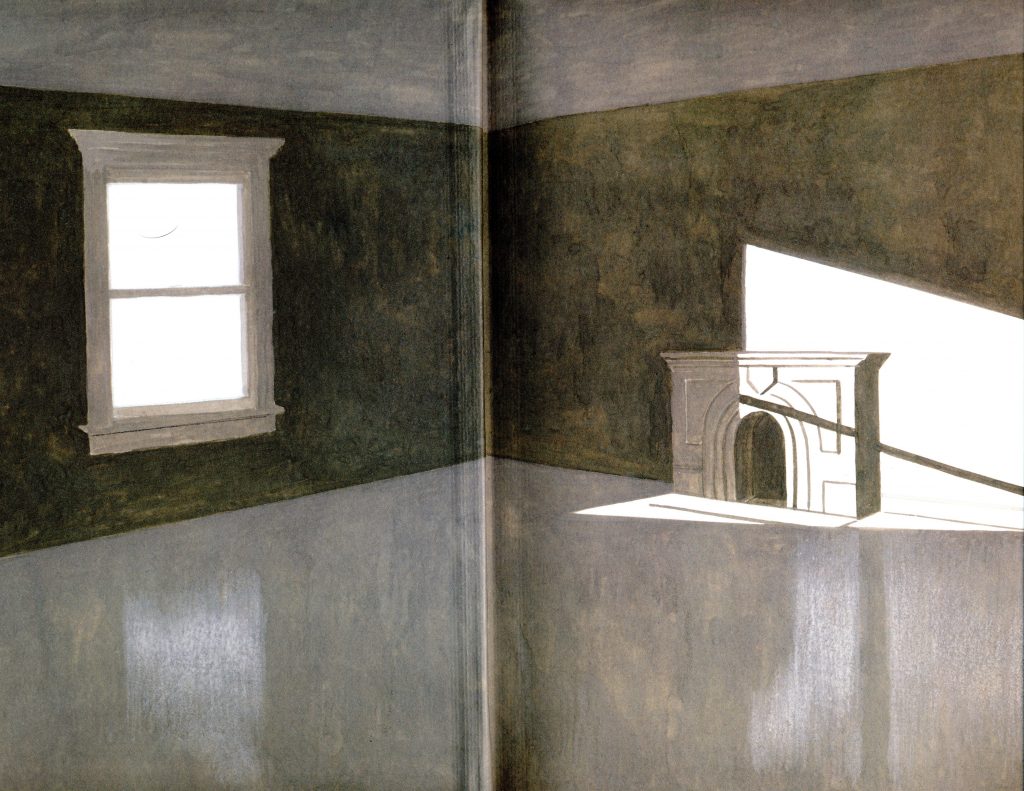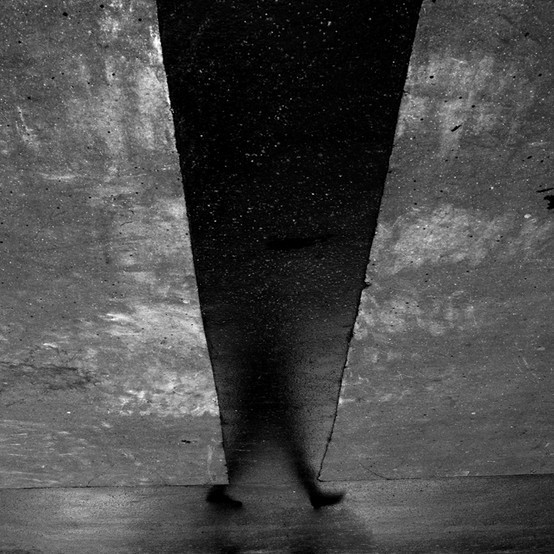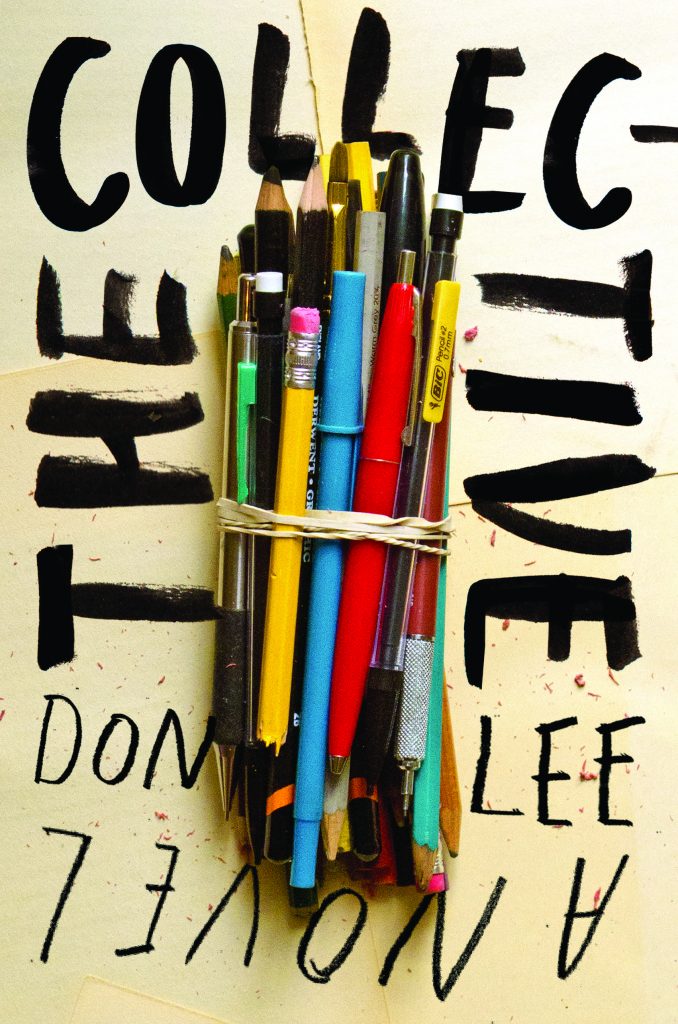In one of the last visual narratives to grace the pages of Richard McGuire’s 2014 graphic novel Here, a woman in 1957 is depicted walking across a room over the course of several spreads. Her walk is juxtaposed with and transposed over fragments of other scenes from years ranging from 1620 to 2005, scenes that—through their shared space on the page—take place both throughout the prism of the past and also simultaneously in a static present. The woman walks across the room until she reaches for a book and, in the novel’s final frame, states, “…Now I remember.” Readers can only make sense of this phrase by returning to the book’s beginning, where the first line reads: “Now why did I come in here again?”
This iterative act—that to understand the ending, one must return to the beginning—is not just a tactical device used to create a circuitous reading experience, but also the enactment of one of the book’s central themes: that the past not only can return, but that it always will. This might be the first step in understanding McGuire’s transgressive work of sequential narrative art: that our lives unfold much like, as Henry James puts it, “the turn of the screw.”
Richard McGuire’s Here is self-described in the inside flap of the book’s jacket as “the story of a corner of a room and the events that have occurred in that space over the course of hundreds of thousands of years.” This description, however, radically underestimates the narrative potency of Here, which I read as a book-length study of the time-space dyad. What is so moving about the project is two-fold: first, that it is one of the most poignant studies of impermanence that I have ever read, and second, that the book argues implicitly that not just people, but also places contain the capacity for memory. Here reminds readers of the logistics of the word remember, which is both about revisiting the past but also about putting things back together: to re-member—as opposed to dismember—is to gather and unite in an effort to suture disparate parts. McGuire’s project speaks to both of these understandings of memory and does so through the art and act of haunting. Using mostly juxtaposed sketches colored in sepia shades, the book provides a temporal panorama of events that occurred at, in, and around a single site. Spanning from the ice age to the future (up through the year 10,175), we see transposed images of events that took place at a single site over a series of hundreds of year. Originally conceived as a short comic strip published in RAW Magazine in 1989, this longer rehearsal of the project is significant not only because it now braids several narrative threads, but also because of its form.
From the onset of the reading experience, it is clear the book’s central aim is to underscore the natural narrative affiliation between time and place, where “place” operates as a kind of haunted house, and where time is, quite literally travelled in order to explore an array of multiple, plural futures. The time travel in Here is obvious from some of the very first frames, though the travel is done so as a means toward different ends. These various renderings on a single spread are used for three primary rhetorical purposes: first, to create parallels and echoes among eras, second, to create a narrative arc or sequencing between eras, and third to create disparities, ruptures, and fissures in time.
But aside from the parallels, panoramas, and non-sequiturs throughout the book, it is obvious there’s also a larger narrative framework being crafted: that is, the story of a single space. What we learn by moving through/among/within the book is the evolution of a single plot of land (or water, as becomes the case), starting with the dinosaurs that roamed the space, up through the Native Americans who made love there, and later the empty woods left untouched by any beings at all. We then move onward toward the house’s construction in 1907 and the generations of families that occupy its space with birthday parties and funerals through the twenty-first century, and finally to the flood that ruins the house in 2111 and the digital museum erected to inform twenty-third century Americans of what once occupied the bit of land. The larger narrative arc of the book plays with order, duration, and frequency, tenets of the text-based novel according to narratologist Gerard Genette in Story and Discourse, and does so while also offering smaller, more episodic arcs: a cat crossing the room over three frames in 1999, a joke is told over ten frames in 1989, a phone call with bad news unfolds over five frames in 2005. Significantly, these seemingly peripheral narratives create a network of storytelling where narratives break apart, are interrupted, or pick back up after being abandoned for sometimes upwards of thirty spreads.
 While the story’s disturbance of causality and linearity opens the possibility for multiple readings of any single spread, perhaps the most haunting element of the book is Here’s capacity to perform the gothic not on the page, but off. While it is made clear that the house occupies this space for but a fraction of the site’s life (the house only stands for 204 years), the book renders the space as a house for the majority of the novel. Not incidentally, the angle with which we see the room features at its center the meeting of two of the room’s walls. In this way, the book’s gutter performs this corner in the material reading experience. As the reader comes to recognize the perpendicular walls of the house that intersect to make the corner are in fact the verso and recto spreads of the book, the reader is launched into a kind of uncanny reading experience, where she is located spatially “within” the house she is simultaneously outside of as an atemporal consumer of the narrative itself.
While the story’s disturbance of causality and linearity opens the possibility for multiple readings of any single spread, perhaps the most haunting element of the book is Here’s capacity to perform the gothic not on the page, but off. While it is made clear that the house occupies this space for but a fraction of the site’s life (the house only stands for 204 years), the book renders the space as a house for the majority of the novel. Not incidentally, the angle with which we see the room features at its center the meeting of two of the room’s walls. In this way, the book’s gutter performs this corner in the material reading experience. As the reader comes to recognize the perpendicular walls of the house that intersect to make the corner are in fact the verso and recto spreads of the book, the reader is launched into a kind of uncanny reading experience, where she is located spatially “within” the house she is simultaneously outside of as an atemporal consumer of the narrative itself.
Furthermore, the juxtaposing of plural temporalities in the book is replicated exponentially as different readers “occupy” the house. (For example, there is a scene in 2015 in the book, but I am also consuming the text—and “in the house” in a 2015, so even seemingly singular temporal dimensions are fractured and reproduced, as well.) As such, Here creates not one, but a kaleidoscope of potential “heres” in which the reader might be placed while simultaneously authoring a kind of map, that, through reading the book as an artifact, tells the reader where and when “she is.” In other words, the book says, over and over again, both You are here and also, simultaneously, Here you aren’t.
In a scene played out in 1775, an elderly character in a carriage (driving through what 150 years later will be the room in which we’ll witness several lifetimes pass) says this: “Life has a flair for rhyming events.” This phrase could be the book’s thesis; that is, that history does not necessarily repeat itself, but that it echoes and haunts, making all of us ghosts. But what I find most intriguing about this phrase is the notion of “rhyming events” or patterned occurrences that at once resurrect and also dismiss the past in service of the future. It is in life’s flair for rhyming events where comes art, the practice that suggests our attempts at progress are always both spectral and speculative. Richard McGuire’s Here reminds us that we are agents performing the past performing the future and we are trapped in this ongoing dilemma, like being cornered in a room. While eventually the walls fall and we are released from the confines of the house, the site continues to operate as an exercise in re-membering because it insists on telling the story of the beings that once called Here home, including the readers of the book. It is through such spectral and speculative projection that Richard McGuire’s Here magnifies the possibilities and potentials of not just graphic narrative, but the storytelling arts.
All images from Richard McGuire’s Here (Pantheon, 2014).







